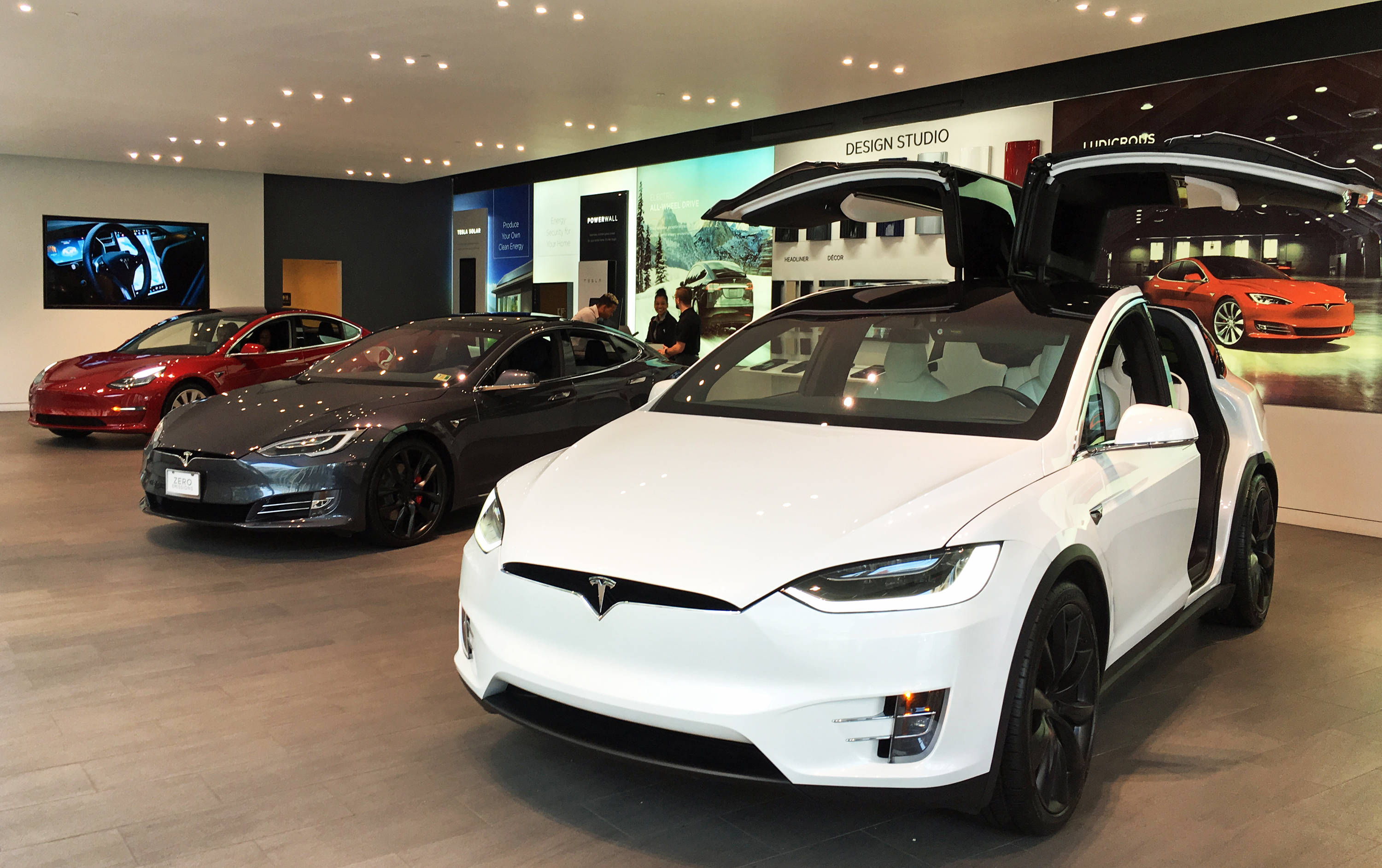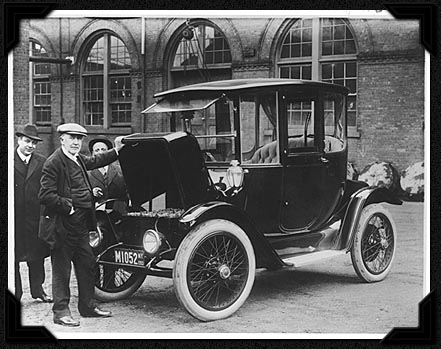
Solar and electric vehicles Part 1
Part - 1 -
Introduction
An electric vehicle is a vehicle which can run on electricity. A hybrid EV can run either on electricity or fossil fuel. The solar electric vehicle is a class of the EV whose source of energy is primarily the sun. Solar vehicles that generate and store hydrogen for combustion could also become feasible in the future. But the word solar vehicle normally implies a solar PV electric vehicle. Historical Development In 1827, a Hungarian inventor named Anyos Jedlik took the first technological step towards the creation of the EV when he built the first viable electric motor. Anyos used it to power a tiny car the year after. Electric cars gradually improved, but when the internal combustion engine matured sufficiently, electric vehicles were replaced by fuel powered vehicles because of the higher ranges provided. Electrical vehicles are now making a definite comeback, yet not practical because of the limited range available in one charge. Current examples are the Toyota Prius, Nissan Leaf, Ford Focus Electric, Tesla Model S, and Chevrolet Volt. Toyota cars are the leaders in the world EV market.
http://www.electricvehiclesnews.com/History/historyearlyII.htm
Advantages of an EV There are many advantages for using an electric car . These will also apply to solar vehicles with minor considerations.
- Not Dependent on Fuel: Electric cars run on electricity which can be charged even at home, especially during the night, and in off-peak hours. Public charging stations are now coming up fast and will become ubiquitous like the gas stations. Read more here : https://sinovoltaics.com/learning-center/electric-vehicles/solar-charging-stations-electric-vehicles-evs/
- Environment Friendly: Electric vehicles have little impact on the environment, except during their manufacture, and in the generation of electricity for charging them.
- Efficiency: Gasoline cars are wasteful. Tank-to-wheel efficiency of EV can be up to three time s that of gas vehicles. Well-to-wheel efficiency is not that different, but still better. Regenerative breaking allows the kinetic energy of the car to convert back to reusable energy, further improving the efficiency.
- Savings: Operating costs vary depending on the cost of electricity being purchased, but will be lower than gasoline. According to general motors claim, the GM Volt should cost “less than 2 cents per mile on electricity”, compared to 12 cents a mile on gas.
- Government Incentives: Governments in many countries are offering incentives on purchase of EVs in order to promote a cleaner environment.
- Popularity: EV’s are becoming more popular and a status symbol.
- Safety: With no combustible fuels, electric vehicles become safer even in case of accidents. Even breaking can be computer controlled and regenerative. The only concern is about the Lithium ion battery which can explode in rare situations. Manufacturers do their best to adhere to UNECE Regulation 100 on EV safety.
- Cost Effective: Improvement in technology, greater production numbers, government incentives, reduced operating costs, all work together to make the EV cost effective over its life cycle.
- Low Maintenance: Electric vehicles are very reliable and require much less maintenance than the complex gasoline engines. Hence maintenance costs and downtime are also lower.
- Reduced Noise: Electric cars are much quieter, because the only moving part in the drive is the motor. However, the low noise has raised concerns as pedestrians with impaired sight may be at risk. Manufacturers think about adding Some artificial noise at low speeds which are super quiet.
- Higher Acceleration: For the same power, the electric car is lighter, has less inertia, and hence, better acceleration. In 2020 Tesla Model S claimed 0 to 100 km/h in 3 seconds.
- Energy Resilience: Electricity will be available from a number of alternate sources.
Limitations of Electric Vehicles The main limitations of electrical vehicles are high initial cost, and limited range between charges.Manufacturers are gradually overcoming the limitations of EV as technology advances and sales volume increases. A minor limitation is the need for new measures for cabin heating. Solar vehicles, on the other hand, can derive power from the sun on the go, and can even store the excess power if available. But they have to depend on stored energy when the sun is not available. Solar vehicles will need special streamlining measures to avoid aerodynamic friction due to solar panels.

